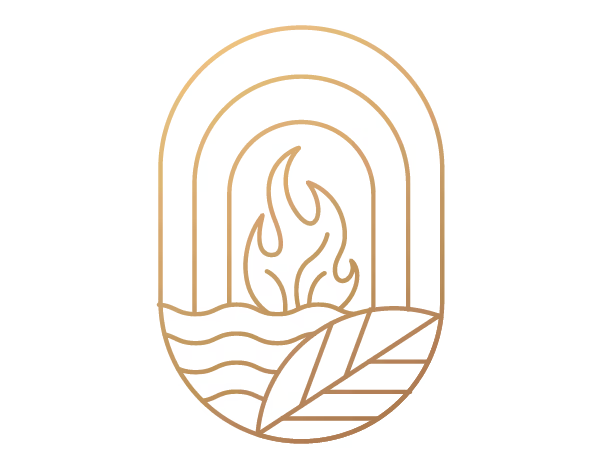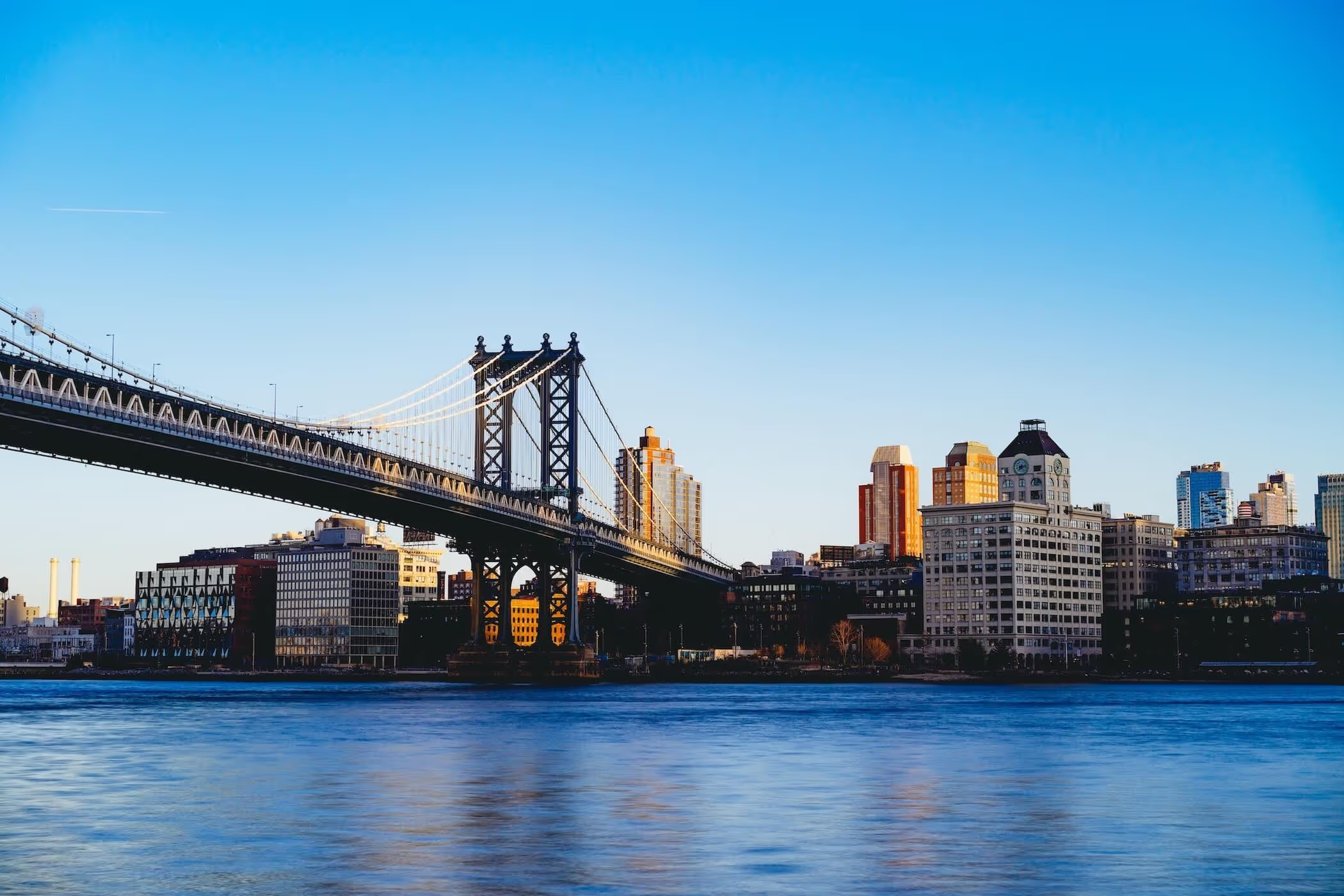Confectionery crystallization temperature profile control is an increasingly hot topic in labs and production kitchens where texture is your calling card. Whether you’re formulating a creamy ganache, a shiny molded chocolate, or an infused syrup with just the right snap, variability in your product’s thermal history is the most common saboteur of smoothness, gloss, and shelf stability. Inaccurate temperature control during tempering or crystallization leads to grit, bloom, stickiness, or dull appearance—outcomes that can’t be hidden by flavor or branding. Yet across kitchen scales and R&D pilot lines, batch-to-batch control is typically underdeveloped due to the limits of basic thermostats or manual interventions.
Why Precision Temperature Control Matters—Now More Than Ever
Today’s customer—regardless of whether they’re biting into a premium bar or a precision-infused chew—has come to expect texture perfection. As more brands experiment with functional infusions, fat replacements, and novel sugars, process drift is harder to manage. Repeatable results demand equipment that can deliver (and document) tight thermal ramps and holds, with fine setpoint control and robust data logging. In regulated environments, especially where validation and QA/QC are in the spotlight, every crystallization phase must stand up to scrutiny.
The Physics of Crystallization: From Seed to Snap
There’s no shortcut to mastering crystallization: fats (like cocoa butter and palm fractions) and sugar glasses (like toffee or fondant) each demand precisely tuned heat/cool cycles and rate management. Here’s what precision circulators allow you to control:
- Ramp Rates: For cocoa butter, a temperature ramp of 1–2°C/min is optimal—quick enough to induce nucleation but slow enough to prevent unstable (undesirable) crystal forms.
- Hold/Soak Temperatures: Holding chocolate at 31–32°C allows for stable beta crystal growth; similar logic applies to palm fat fractions (holding at 35–38°C depending on the fraction) and to sugar-based confections (holding syrup at just above solidification temp for glassy candies).
- Seed, Growth, and Set Phases: Seeding (adding pre-formed crystals or micro-seeding agents) often occurs as the system cools, with tight ramp control essential to avoid overshooting and melting out desirable forms. Set phase is about holding temperature precisely as bulk crystallization occurs.
What’s at Risk if You Don’t Control?
- Chocolate bloom, grainy fudge, sticky brittle, cloudy syrups.
- Lost batches, erratic labeling claims, increased rework, and poor shelf appeal.
The Practice: Engineering Repeatable Thermal Profiles with Circulators
Modern heating circulators—like the Julabo SL-12 300°C 12L Heating Circulators—enable consistent execution of temperature profiles from small batch benchtop to R&D pilot scale.
Building a Practical Thermal Program
- Define setpoints for each crystallization stage:
- For chocolate, common targets: Melt (45–50°C), Cool (27–28°C), Heat back to (31–32°C)
- For palm-based fat systems: Melt (up to 45°C), Hold (35–38°C)
- For sugar glasses: Hard crack point (150°C), Controlled cool just above transition (about 115–120°C)
- Set ramp rates: Aim for 1–2°C/min for both cocoa and palm fats, and avoid thermal shocks with dense sugar syrups.
- Validate with core temperature probes: Place validation thermocouples inside the batch,not just in the bath, to measure the lag and confirm setpoint achievement.
- Stabilize with PID tuning: A high-quality circulator should allow tight proportional-integral-derivative (PID) adjustment. Acceptable overshoot/undershoot for confectionery setpoints is generally ±2°C—anything more can create off-forms and reduce yield.
- Heat transfer fluid selection: Use food-safe, high-precision heat transfer fluids (e.g., Caltherm fluids), matching your process’s target temperature range and product contact requirements—water/glycol mixes for under 100°C, silicone or specialized synthetics for high heat and stability.
Measuring What Matters: Verifying Performance
- Check temperature stability under load: Once your product is introduced, monitor for at least 20–30 minutes at hold temp. Log both circulator bath and product core readings for comparison.
- Assess ramp/hold integrity: Note any deviation from programmed rates or excessive overshoot; adjust PID as needed.
- Document everything: For regulated products, maintain run logs, calibration records, and temperature profiles for at least 1–2 years or as required by your local QA policy.
Small-Scale DOE: From Lab to Production
Upgrading your process? Run a design of experiments (DOE) pilot:
- Map out variables: Ramp rates, seed addition time, hold lengths, agitation speed, and product load.
- Run matrixed trials: For each key parameter, test low/medium/high settings (e.g., ramp at 1°C/min vs. 2°C/min) and measure both process times and finished product texture.
- Record outcome metrics: Texture (sensory, rheology, break test), gloss, incidence of defects, cycle times, and batch yield.
- Use data to build SOPs: Convert findings into stepwise SOPs that are easily scaleable—e.g., if your benchtop vessel is 2kg and pilot is 20kg, verify that product core temperature rise time scales predictably or adjust agitation accordingly.
- Scale-up tips: As batch size increases, expect slight lags in achieving set point at the core—validate every scale increment with product probes.
Preventive Maintenance and QA/QC
Temperature profiles are only as good as your equipment:
- Schedule routine calibration for circulators and validation thermocouples.
- Check bath fluid levels and clarity after heavy usage.
- Document all tuning or adjustments in a logbook or LIMS.
The Urth & Fyre Advantage
At Urth & Fyre, we don’t just sell you a heater and wish you luck—our team kits your lab with compatible circulators, sensor arrays, and traceable validation thermocouples. We provide onboarding and hands-on training, including PID tuning and documentation practices that stand up to QA and regulatory review. For advanced clients, we tailor DOE templates and help you transfer validated protocols to your manufacturing line.
Recommended gear: sl-12-300degc-12l-heating-circulators
Ready to master your crystallization profiles and make perfect texture your competitive edge? Explore our curated equipment listings, expert consulting, and resources at Urth & Fyre, and bring precision to every batch you create.



